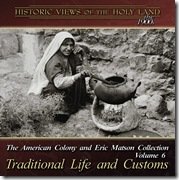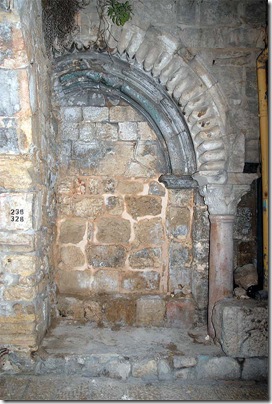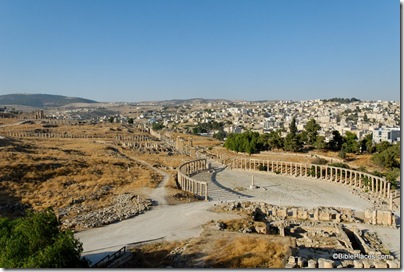I haven’t seen anything of real interest come across my radar screen for the blog in the last couple of days, and with limited time this week, I’m going to satisfy myself today with a notice of our new CD.
Subscribers to the BiblePlaces Newsletter learned yesterday of the Traditional Life and Customs CD, the latest volume in the American Colony and Eric Matson Collection. Of 25+ CDs that I’ve made in the past decade, this is one of my absolute favorites.
Here’s a survey of what is included on the CD.
Agricultural Life: Plowing, Sowing, Water, Vineyards, Locust Plague, Grain Harvest and Olive Harvest (185 photos total)
Biblical Stories: Christmas, Ruth, and Psalm 23 (75 photos total)
Home Life: Food Preparation, Women at Work, and Weddings (100 photos total)
Religious Life: Christian, Jewish, Muslim, and Samaritan (110 photos total)
Work Life: Clothes Making, Fishing, Pottery Making, Shepherds, Trades, and Travel (150 photos total)
Quotations: We have scoured the reports of travelers in the 19th century for the most interesting and helpful descriptions of these scenes. Even if you didn’t have the photos, your understanding and appreciation for traditional ways would be greatly increased!
I anticipate featuring some of the photos and quotations on the blog in the next month. It’s a wonderful set of images, with something for everyone (including a couple of photos my wife printed and hung in the laundry area; there’s nothing like seeing how they used to do it to remind you that we have things much easier).
You might consider it as a Christmas gift. It’s certainly unique and not what they get every year.
Images can be printed, used as desktop wallpaper, and much more. The cost is $20. Shipping in the U.S. is free and takes about 4 days. You can see more details here.


